As our planet continues to experience more frequent and intense heatwaves due to climate change, wildlife faces unprecedented challenges. Birds, with their small bodies and high metabolic rates, are particularly vulnerable to extreme heat. When temperatures soar, these feathered creatures struggle to regulate their body temperature and find essential resources like water and food. This comprehensive guide explores how heatwaves affect our avian neighbors and provides practical ways we can help them survive these challenging conditions. By understanding their needs and implementing simple solutions, we can make a significant difference in bird survival rates during extreme weather events.
Understanding How Heat Affects Birds

Unlike humans, birds cannot sweat to cool down, making them especially susceptible to overheating during extreme weather events. Instead, they rely on behaviors like panting and holding their wings away from their bodies to dissipate heat, which requires additional energy precisely when they need to conserve it most. Small birds are particularly vulnerable as they can become dehydrated in just a matter of hours when temperatures rise above 100°F (38°C). Research has shown that during intense heatwaves, birds may lose up to 10% of their body weight daily due to increased water loss and reduced feeding opportunities. Understanding these physiological challenges helps us recognize the urgency of providing assistance during hot weather events.
Signs of Heat Stress in Birds
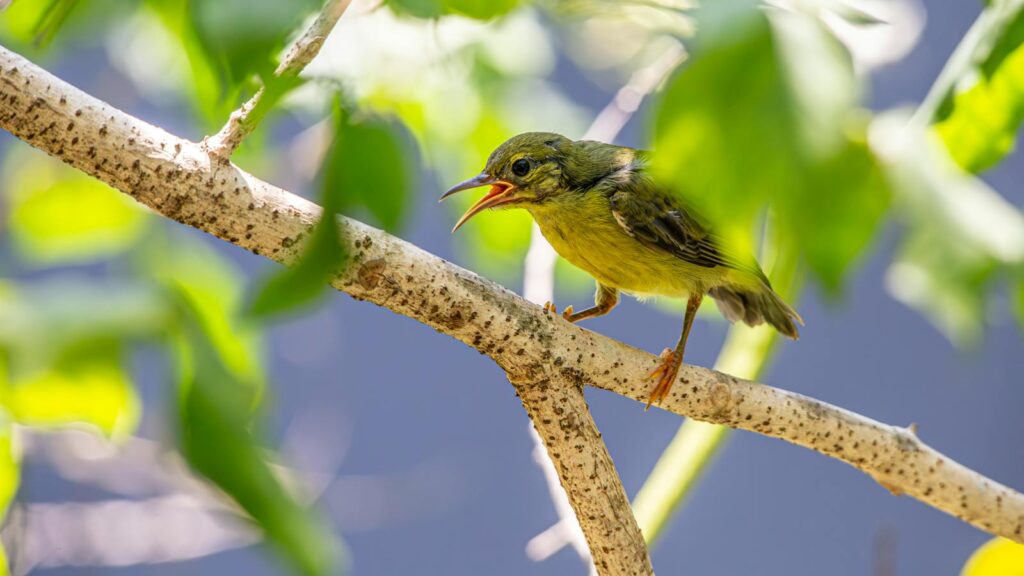
Recognizing when birds are suffering from heat stress can help you provide timely assistance. Birds experiencing heat distress often display open-mouth breathing or rapid panting, similar to a dog, as they attempt to cool themselves through respiratory evaporation. You might observe them holding their wings away from their bodies, drooping in posture, or appearing lethargic with reduced movement and activity levels. In severe cases, birds may seem disoriented, unresponsive to potential threats, or may be found on the ground unable to fly. Young birds are particularly susceptible, as they may leave nests prematurely during extreme heat, appearing as if they’ve fallen out rather than making a normal fledging attempt. If you notice any of these signs, the bird may need immediate assistance.
Providing Water Sources
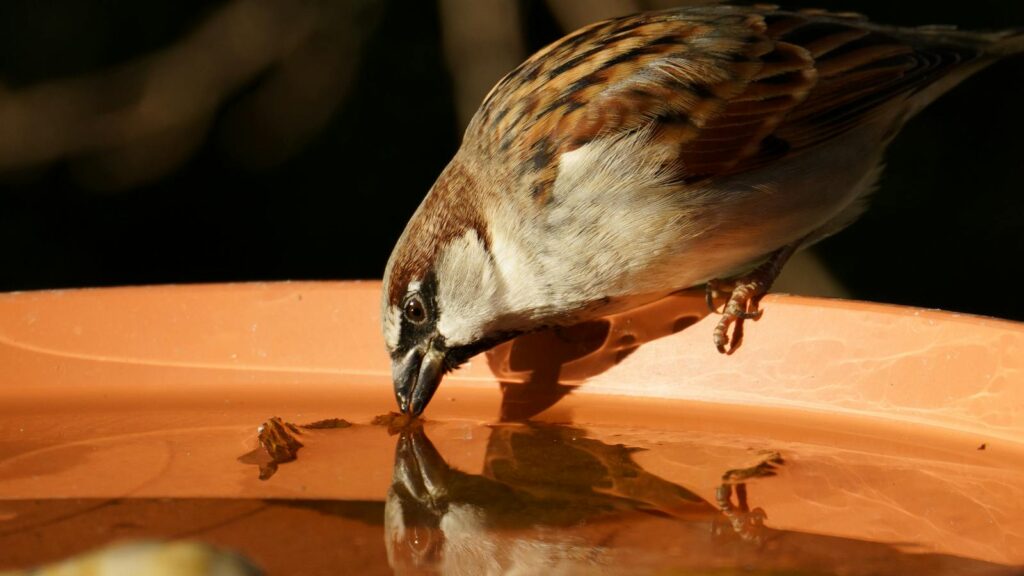
Water is perhaps the most critical resource for birds during heatwaves, and providing accessible water sources can make a life-saving difference. Bird baths should be shallow, ideally with varying depths and rough-textured surfaces to prevent slipping, and placed in shaded areas away from predators. Consider setting up multiple water stations throughout your yard at different heights to accommodate various bird species, from ground-dwellers to canopy specialists. During extreme heat, water evaporates quickly, so check and refill these sources several times daily, ideally with cool (not cold) water to provide immediate relief. Adding a small solar fountain or water wiggler not only prevents mosquito breeding but also attracts birds with the sound of moving water, which they can detect from impressive distances.
Creating Cooling Stations
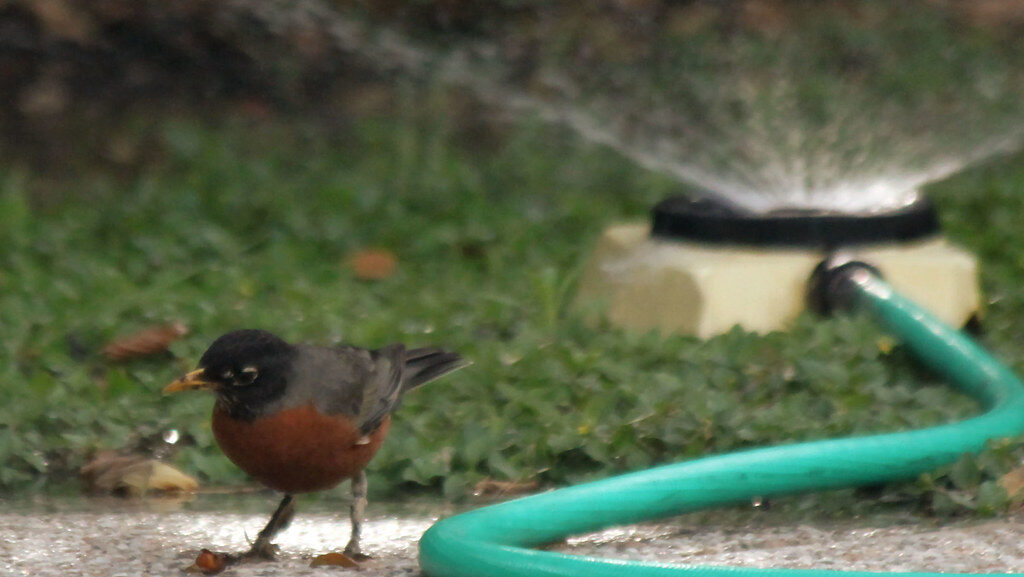
Beyond basic water sources, you can create specialized cooling stations to help birds survive extreme temperatures. Misters attached to garden hoses or irrigation systems provide cooling moisture without creating standing water that might attract mosquitoes. Bird baths with solar-powered fountains create both moving water and a cooling spray effect that birds particularly appreciate during heat waves. Some bird enthusiasts freeze water in shallow containers with pebbles or sticks partly embedded to create ice platforms where birds can stand while cooling down. Another effective approach is placing shallow containers of water in shaded areas and adding ice cubes throughout the day, creating a cooling effect as the ice melts. Remember to position these cooling stations in locations protected from predators but visible to birds seeking relief.
Providing Shade and Shelter
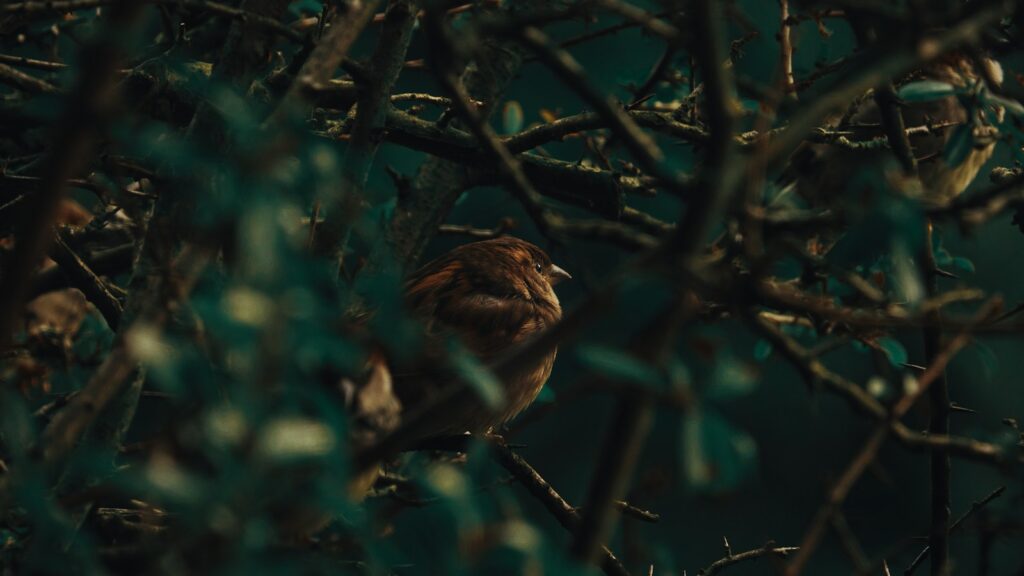
Natural and artificial shade can significantly reduce temperatures in your yard, creating crucial cool zones for birds during heat emergencies. Dense shrubs, vines, and trees provide natural cooling through shade and evapotranspiration, effectively creating microhabitats that can be several degrees cooler than surrounding areas. If your yard lacks mature vegetation, consider installing temporary shade cloths, umbrellas, or awnings in strategic locations near water sources or feeding stations. Bird houses and nesting boxes should be positioned to avoid direct sunlight, particularly during afternoon hours when temperatures peak. For existing nest boxes facing the sun, temporarily attaching shade extensions or reflective materials to the roof can prevent nestlings from overheating. Creating brush piles in shaded corners of your yard also provides additional cooling retreats for ground-dwelling species.
Adjusting Feeding Practices
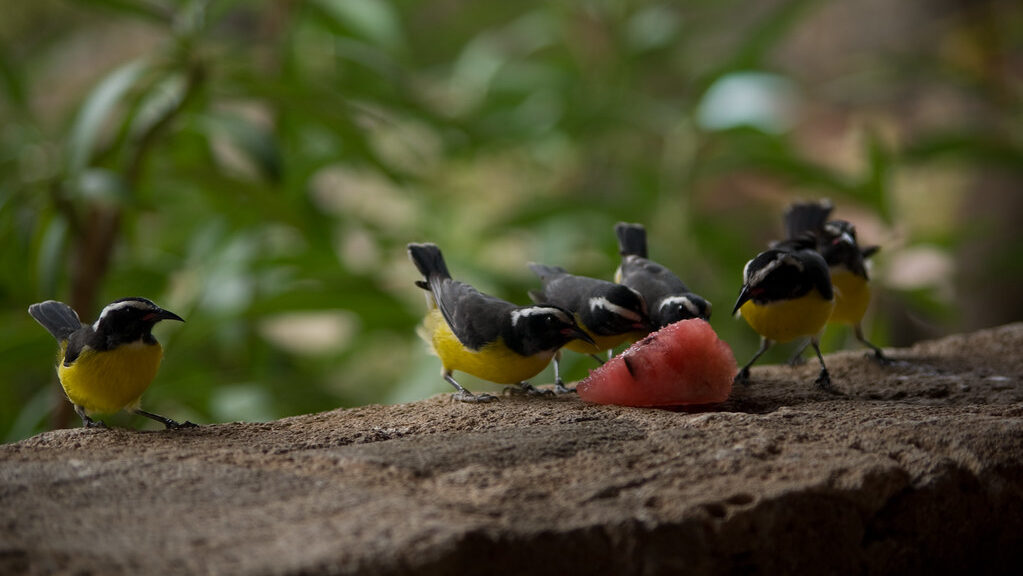
During heatwaves, birds’ nutritional needs and feeding patterns change significantly, requiring adjustments to standard feeding practices. Shift feeding times to early morning and late evening when temperatures are cooler and birds are more active, removing feeders during peak heat to prevent food spoilage. Focus on offering high-water-content foods like fresh fruits (watermelon, grapes, berries) that provide both nutrition and hydration in one source. Reduce high-fat offerings like peanuts and suet, which require more energy to digest and can spoil quickly in heat, instead emphasizing protein-rich options that support energy needs without taxing their systems. Position all feeders in consistently shaded locations to keep food from overheating and to provide birds a cool spot while feeding. Remember that many birds will naturally reduce feeding activity during extreme heat, so don’t be alarmed if your feeders see less traffic during the hottest hours.
Adapting Your Garden for Heat Resilience

Creating a heat-resilient garden provides long-term support for birds during increasingly frequent extreme weather events. Choose native plant species adapted to your local climate that can withstand heat stress while providing natural food sources through seeds, berries, and the insects they attract. Design your landscape with multiple vegetation layers—ground covers, shrubs, and trees—creating a variety of microhabitats with different temperature gradients. Water features like small ponds or streams provide both drinking water and cooling effects through evaporation, significantly reducing ambient temperatures in their vicinity. Reduce the amount of hardscaping like concrete or stone that absorbs and radiates heat, instead favoring permeable surfaces and vegetation that create cooling effects. By developing a garden with climate resilience in mind, you’re creating a sanctuary that supports birds not just during current heatwaves but through future climate challenges as well.
Helping Nestlings and Fledglings
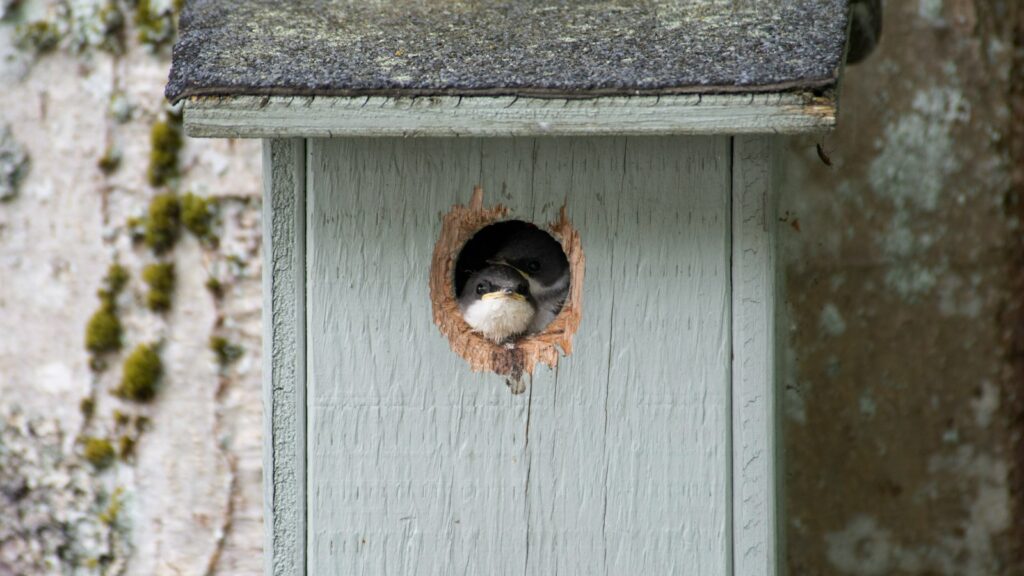
Young birds face particular dangers during heatwaves, often requiring specialized assistance to survive extreme temperatures. Nest boxes and birdhouses can become lethal heat traps, so consider installing heat shields, ventilation modifications, or even carefully relocating boxes to shadier locations if they’re receiving direct sunlight. For natural nests in exposed locations, carefully creating temporary shade above them using lightweight materials can provide critical protection without disturbing the birds. If you find a young bird on the ground during a heatwave, it may have left the nest prematurely to escape heat rather than as part of normal fledging behavior. In such cases, providing nearby shade and a shallow water source while keeping pets away may allow parents to continue caring for it in a cooler location. Remember that nestlings (featherless or partially feathered young) should be returned to nests when possible, while fully-feathered fledglings are often best left alone unless in immediate danger.
When to Intervene
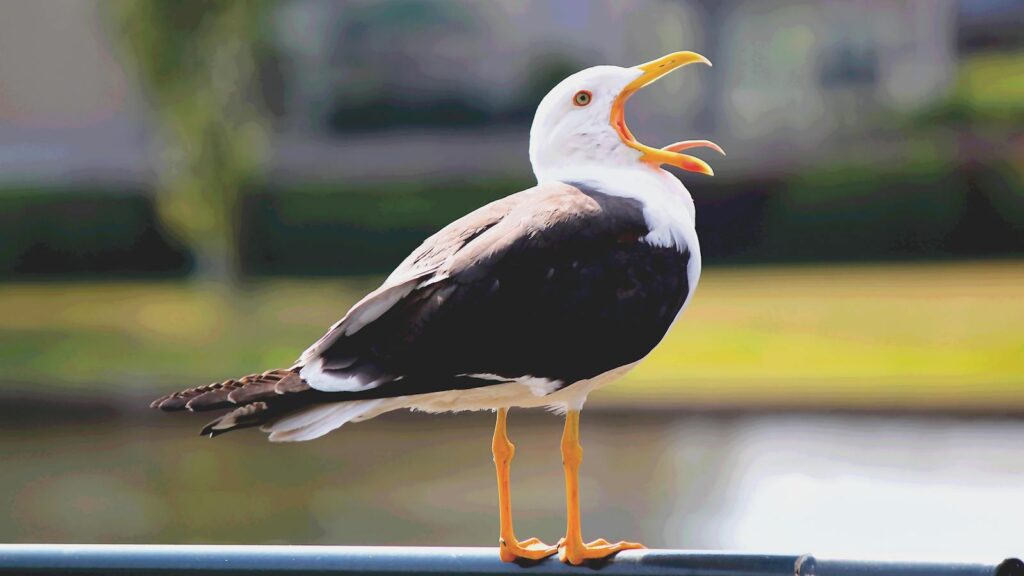
While providing resources is important, knowing when direct intervention is necessary can save birds’ lives during extreme heat events. A bird showing severe heat stress symptoms—panting heavily, wings spread, unable to fly, or unresponsive—may require immediate help to survive. If you find a bird in acute distress, gently place it in a ventilated container in a quiet, cool location, offering a small dish of water but avoiding force-feeding or handling. Contact a licensed wildlife rehabilitator immediately for guidance, as they have the expertise and legal permission to provide appropriate care. Remember that in most countries, it’s illegal to keep wild birds without proper permits, even when intentions are good. Keep detailed notes about where and when you found the bird, as this information helps rehabilitators determine appropriate release locations once the bird recovers. Never attempt to provide medical care or long-term rehabilitation without proper training and permits.
Community-Level Actions
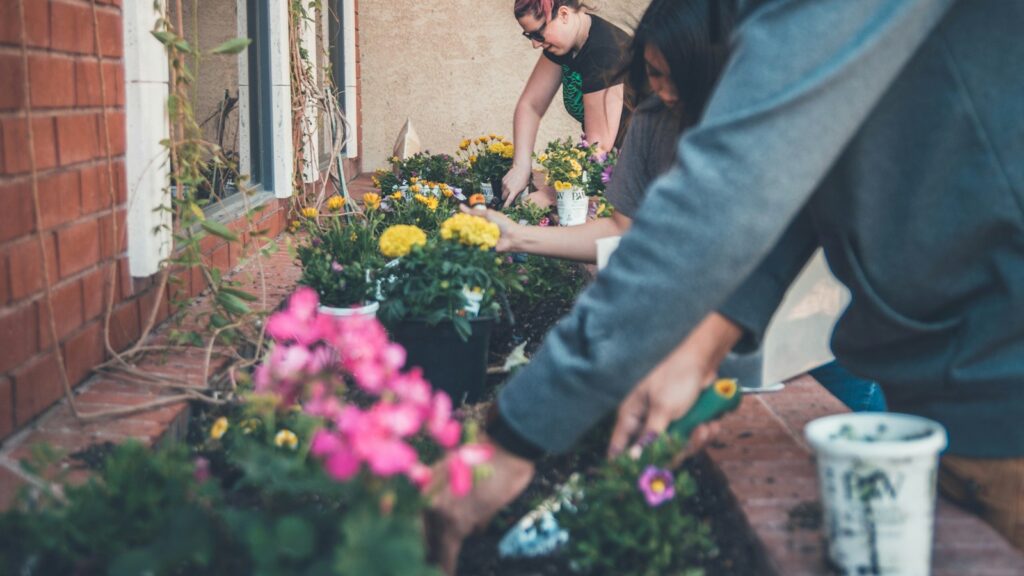
The impact of your bird-saving efforts multiplies significantly when coordinated with neighbors and community organizations during heatwaves. Consider organizing a neighborhood initiative to create a network of water and cooling stations throughout your community, ensuring birds have access to relief regardless of their flight path. Contact local nature centers, Audubon chapters, or wildlife organizations to participate in community science projects tracking bird behavior and mortality during extreme heat events, providing valuable data for conservation efforts. Advocate for bird-friendly municipal policies like reduced mowing of public spaces during heatwaves, preservation of urban tree canopies, and water conservation approaches that still allow for wildlife water access. Educational efforts like workshop hosting or social media campaigns can spread awareness about helping birds during extreme weather, potentially saving countless lives through expanded community participation. Remember that collective action creates wildlife corridors of relief that are far more effective than isolated efforts.
Preparing for Future Heatwaves
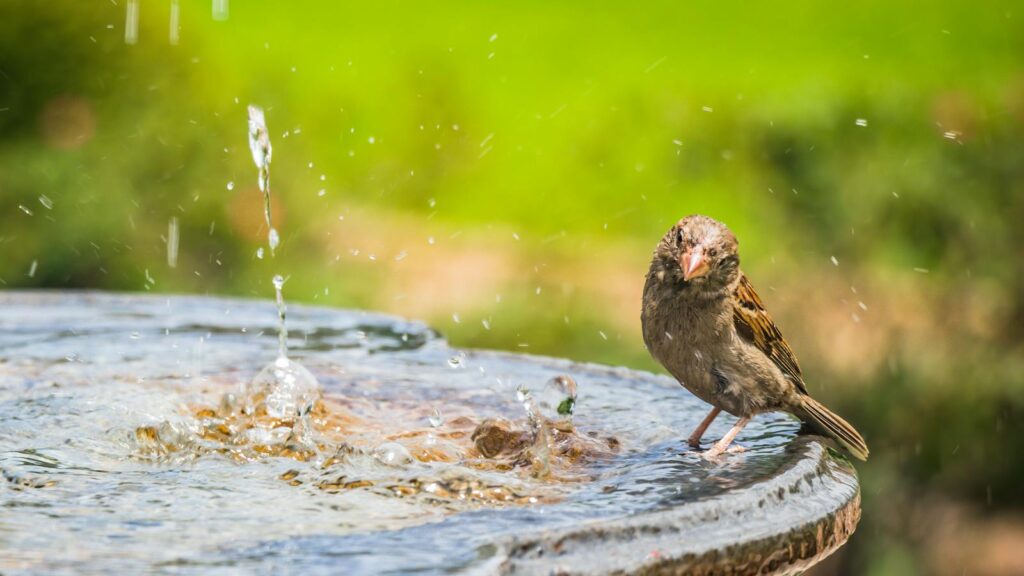
Creating sustainable systems for bird support during increasingly frequent heat events requires advance planning and infrastructure development. Install permanent water features like birdbaths with solar fountains, small ponds, or automated misting systems that can be quickly activated when temperatures rise. Develop your garden’s shade infrastructure by planting heat-tolerant native trees and large shrubs in strategic locations, particularly on western exposures where afternoon sun creates the most dangerous conditions. Consider installing rain barrels or other water collection systems to ensure you have adequate water for wildlife even during drought conditions that often accompany heatwaves. Create a heatwave action plan with specific steps to implement when temperatures rise, including extra water stations, ice additions, and checking on vulnerable locations in your yard. By developing these systems in advance, you’ll be prepared to provide immediate assistance when extreme weather arrives with minimal daily effort.
Monitoring Effectiveness

Evaluating which interventions are most effective helps refine your bird support strategy during current and future heatwaves. Keep a simple journal noting which water sources, cooling stations, and food offerings attract the most birds during hot weather, including which species seem to prefer different options. Consider setting up a weather-proof wildlife camera to monitor usage when you’re not present, providing valuable insights into nighttime and early morning bird behavior during heat events. Track patterns of bird activity throughout the day during heatwaves, noting when different species appear and which resources they prioritize. This information not only improves your local bird support but also contributes valuable data if shared with community science projects studying wildlife adaptation to climate change. Regular monitoring also allows you to quickly identify and address problems like water sources drying up too quickly or becoming too hot in certain locations.
Long-Term Conservation Considerations
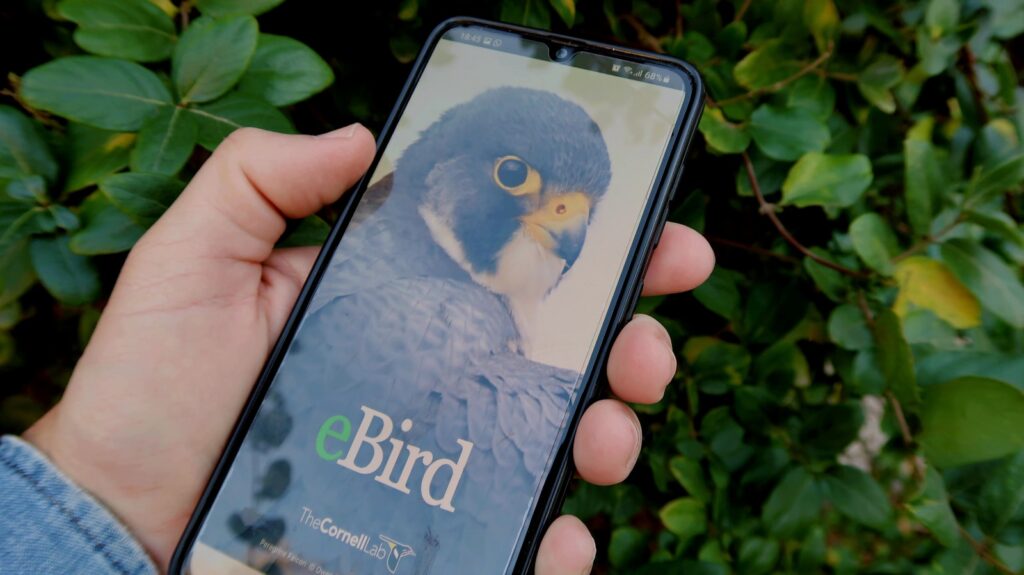
While immediate aid during heatwaves is crucial, supporting long-term bird conservation helps address the root causes of increasing climate threats to avian populations. Consider supporting conservation organizations working to protect bird habitats and mitigate climate change through donations or volunteer work. Reduce your personal carbon footprint through energy conservation, renewable energy adoption, and sustainable lifestyle choices that collectively reduce the frequency and intensity of future heatwaves. Participate in community science projects like eBird, Feeder Watch, or specific heat-related monitoring programs that provide scientists with valuable data on how climate change affects bird populations. Advocate for bird-friendly policies at local, state, and national levels, including habitat conservation, climate action, and specific protections for vulnerable species. By balancing immediate aid with long-term conservation support, you become part of the comprehensive solution birds need to survive in our changing climate.
Conclusion
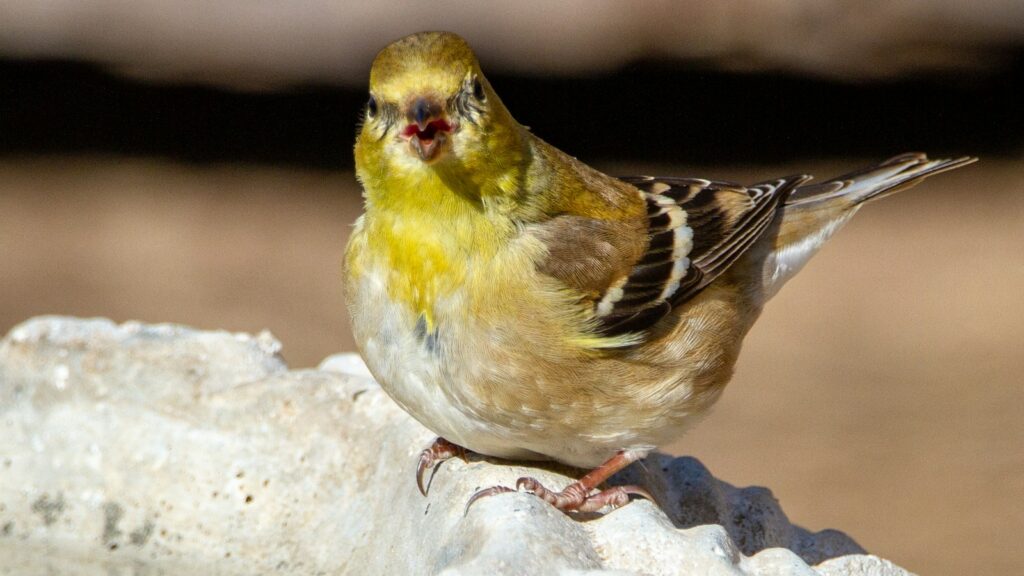
As our climate continues to warm and extreme weather events become more common, our feathered neighbors face mounting challenges. By implementing the strategies outlined in this guide—from providing water and creating cooling stations to adjusting feeding practices and knowing when to seek professional help—we can significantly improve birds’ chances of surviving heatwaves. Remember that even small actions, when multiplied across neighborhoods and communities, create meaningful support systems for vulnerable wildlife. As we face a future of increasing climate uncertainty, our compassionate intervention for birds during extreme weather represents not just an act of kindness, but a necessary contribution to preserving biodiversity in our shared environment.
